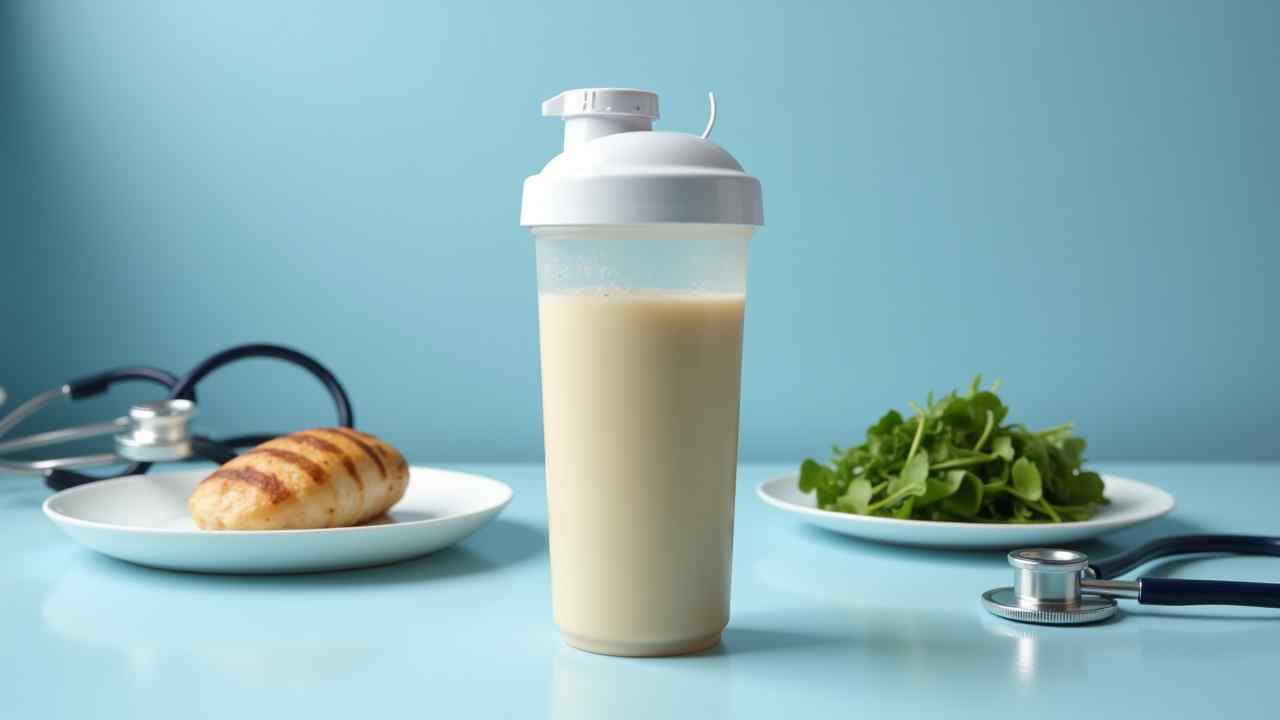
🩺 What is the Dr. Valencia Diet? A Guide to the VLCKD Protocol
🩺 What is the Dr. Valencia Diet? A Guide to the VLCKD Protocol 🩺
❗ CRITICAL MEDICAL WARNING: The Dr. Valencia Diet is a Very Low-Calorie Ketogenic Diet (VLCKD). This is a medical weight loss protocol. It must be conducted under the direct supervision of a qualified physician. Attempting this diet on your own is dangerous. This article is for informational purposes only.
The Dr. Valencia Diet is a specific program for rapid weight loss. It is often used in a clinical setting. It is designed for individuals with significant obesity. It is also used to manage related health conditions. This is not a casual lifestyle diet.
The plan is known for its structured, multi-phase approach. It uses a combination of meal replacements and whole foods. This guide will explain the general principles of this diet. It will also cover its phases and potential risks.
🤔 What is the Core Philosophy of the Dr. Valencia Diet?
The Dr. Valencia Diet is built on two powerful principles. It combines a very low-calorie intake with ketosis. This combination is designed to produce significant and rapid fat loss. It requires strict adherence and medical monitoring.
The "Very Low-Calorie" aspect restricts daily intake. This is often to around 800 calories per day. This creates a large energy deficit. The "Ketogenic" aspect restricts carbohydrates severely. This forces the body to burn fat for fuel.
The diet provides adequate protein. This is to help preserve muscle mass during rapid weight loss. The combination is a powerful tool. But its intensity makes medical supervision essential.
⚙️ How is the Dr. Valencia Diet Structured in Phases?
The program is not just a single diet. It is a journey through three distinct phases. This structure is designed for both rapid weight loss and long-term maintenance. Each phase has a specific purpose.
What is Phase 1 (The Active Phase)?
This is the strictest and most intense phase. It is the true VLCKD part of the program. During this time, your diet is very limited. It often consists of specific protein shakes or meal replacements. A small meal of lean protein and approved vegetables is also included. This phase is followed until most of the weight loss goal is met.
What is Phase 2 (The Transition Phase)?
After the active phase, you cannot return to normal eating. The transition phase is crucial. More whole foods are slowly and carefully reintroduced. Calories are gradually increased. Your body learns to adapt to a wider variety of foods.
What is Phase 3 (The Maintenance Phase)?
This is the final, long-term goal of the Dr. Valencia Diet. This phase is a balanced, whole-foods lifestyle plan. It is designed to help you maintain your weight loss for life. It focuses on healthy habits and portion control.
🚫 What Foods Are Eaten and Avoided in the Strictest Phase?
Phase 1 of the Dr. Valencia Diet is highly restrictive. The food list is very short. This is to ensure nutritional ketosis and calorie control. The list is designed for maximum effect.
Foods typically eaten include:
- Prescribed protein shakes or meal replacement products. 🥤
- A small, measured portion of lean protein (e.g., chicken breast or white fish).
- A specific list of non-starchy, low-carb vegetables (e.g., lettuce, celery, cucumber).
- Plenty of water and other zero-calorie fluids.
Foods typically avoided include almost everything else. All fruits, starchy vegetables, and grains are eliminated. All dairy, fats, and oils are also forbidden during this initial phase.
⚠️ What Are the Serious Risks and Side Effects?
Following a VLCKD like the Dr. Valencia Diet has risks. This is why a doctor's care is not optional. Common short-term side effects include fatigue, headaches, and constipation. This is often called the "keto flu."
More serious risks can also occur. Rapid weight loss can lead to gallstone formation. Electrolyte imbalances can happen if not monitored. Without enough protein and proper guidance, muscle loss can be significant.
Your doctor will monitor your health with regular blood tests. This is to ensure the diet is safe for you. Never attempt this kind of diet on your own. The potential for complications is very real.